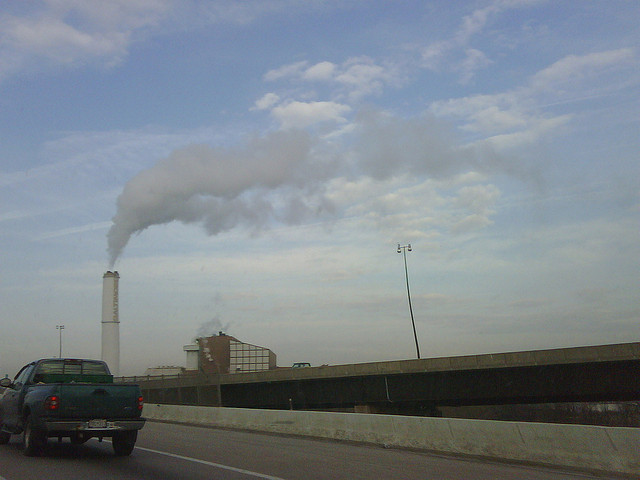Claim: Maryland deadliest state for air pollution
Note 11 U.S. Cities With the Worst Air Pollution click the link and you will find not one city in Maryland is listed
American Lung Association (ALA) report.Most Polluted Cities Also click the link and you will find not one city in Maryland is listed
Show us a body, MIT! U.S. is clean and safe — and harms no one.
MarylandReporter reports:
Long-term exposure to air pollution leads a higher percentage of the population in Maryland to die prematurely than in any other state, according to a new study on the impact of air quality on health.In a study released in late August, researchers at the Massachusetts Institute of Technology found that emissions from cars, trucks, industrial smokestacks, trains, boats, and commercial heating systems contribute to the death of 113 people per 100,000 population per year in Maryland—more than any other state.
Acute problem in Baltimore
The problem is particularly acute in Baltimore, which boasts the highest emissions-related mortality rate of large cities in the country, according to the study. Of every 100,000 residents in the city, the study found that 130 were likely to die prematurely each year of causes related to air pollution, more than in New York City, Los Angeles, and the entire Washington, D.C., metropolitan area.
The large output of emissions in Baltimore and elsewhere in Maryland accounted for the high rate of premature deaths related to polluted air, said Steven Barrett, a professor at MIT and lead author of the study.
Large amounts of ozone and small particulate matter in the air can contribute to the development of heart disease, asthma and other lung diseases like cancer. On average, Barrett said, those who died prematurely did so an average of 10 years earlier than expected.
Other Maryland cities even worse than Baltimore
Other cities in Maryland fared even worse than Baltimore, according to the study. Frederick, Reisterstown, and Montgomery Village all have rates close to Baltimore’s, while Magnolia—a small town in northeastern Maryland—leads the state with an emissions-related mortality rate of 140 deaths per 100,000 people per year.
As part of the study, the researchers developed different models to look at the overall risk of emissions-related death for a particular region. But, Barrett said, it is impossible to tie the death of one individual directly to emissions.
Barrett and colleagues obtained emissions data from the Environmental Protection Agency. Then, using electronic models and simulations in tandem with population density maps of the U.S., they determined which areas were impacted the most by pollutants. The emissions data the researchers analyzed was released in 2005—the most recent available from the EPA at the time of the study—though more data is set to be released in coming months. The data set excluded Hawaii and Alaska.
Emissions have been reduced since data was collected
State environmental officials said that the study does not necessarily reflect recent efforts to reduce emissions in Maryland.
“Things have changed fairly dramatically since [2005],” said Tad Aburn, Air Director for the state Department of the Environment. “In 2006 [we instituted the] Maryland Healthy Air Act, one of the country’s most aggressive power plant control programs.”
Shortly after, Maryland instituted its Clean Cars program and introduced some of the strictest regulations on vehicles in the country in an effort to combat emissions.
But state regulations may not be enough, Aburn said.
Emissions travelling from as far away as Ohio make their way to the East Coast, driving up the amount of air pollution in states such as Maryland, Delaware, and New Jersey—also among the states with the highest emissions-related mortality rates. These are referred to as ‘upwind’ sources, as most lie upwind of the affected state.
“We can only make minimal progress with local programs,” Aburn said. “We need [federal] help with upwind sources.”
And while stricter emission regulation has helped clean up the air in Maryland, according to Aburn, it’s still unclear how big of a role air quality plays in determining a person’s overall health.
“These are complicated kinds of issues to tease out. So we know biologically that improving the air means that there’s less stress on the lungs,” said Clifford Mitchell, director of the Environment Health Bureau of the Maryland Department of Health and Mental Hygiene. “We absolutely anticipate that improving the air quality through decreasing ozone and particulate matter is good for asthmatics. [But] because there are so many factors that affect these issues, we can’t point to one individual and say that person is better because of air quality.”
Read more: http://marylandreporter.com/2013/09/13/maryland-emissions-related-deaths-highest-in-u-s/#ixzz2enKKlqS5
Under Creative Commons License: Attribution

Comments
Post a Comment